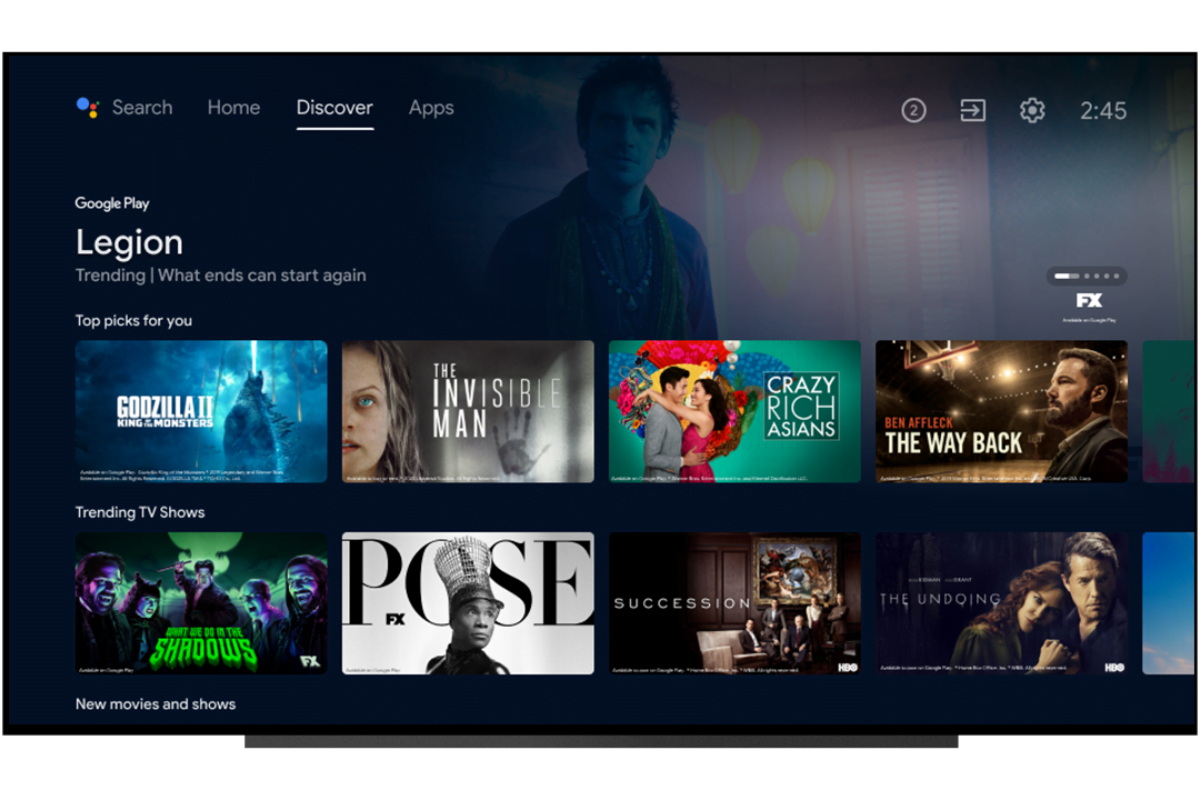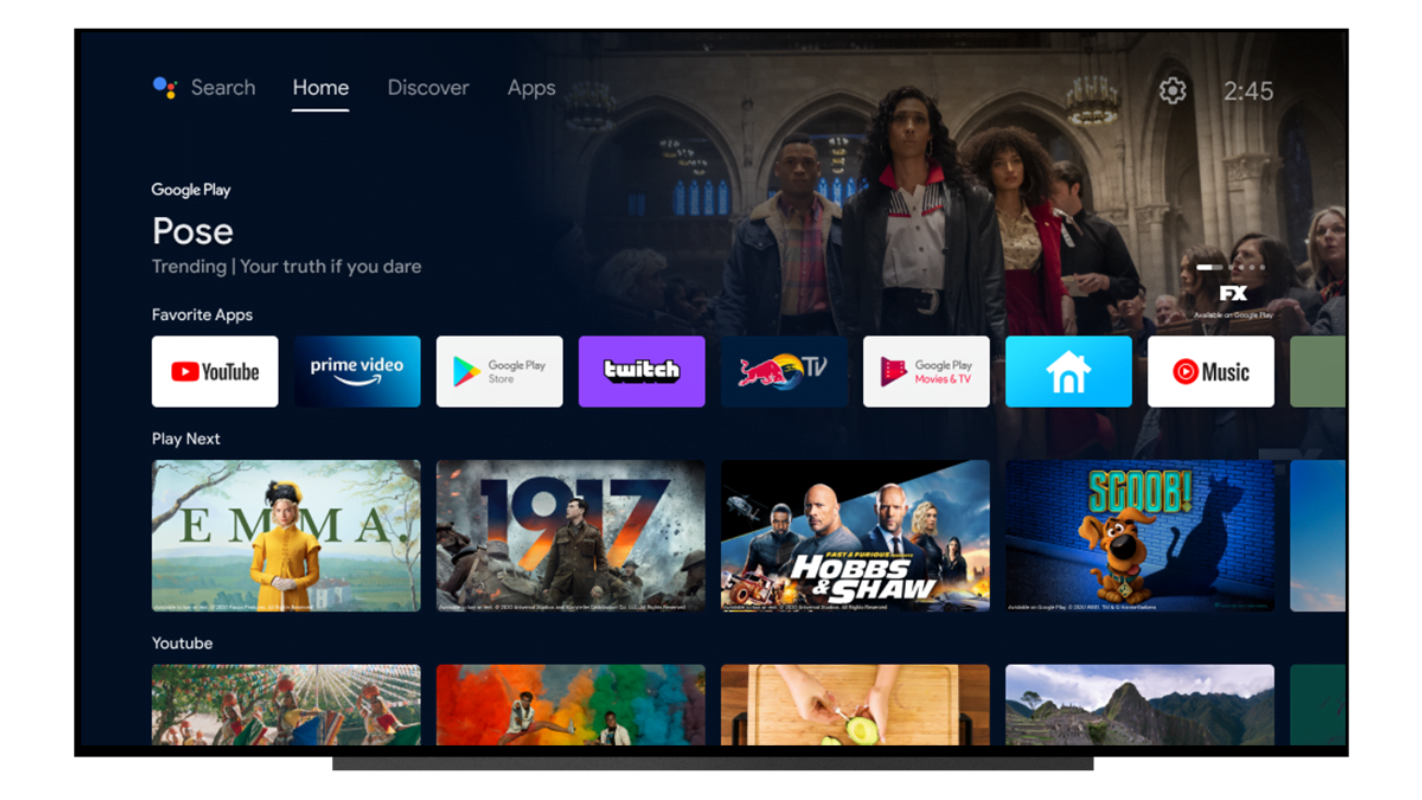
Android TV became immensely popular over the last two years with a wide range of companies opting the platform. A lot of TV manufacturers use Android TV without making any changes to the user interface. For example, the Smart TVs from Nokia, Motorola and Xiaomi (if you want to disable PatchWall UI) offer a stock version of Android TV. Google today announced a major revamp to Android TV's home screen. Android TV now displays three new tabs on the home screen: Home, Discover and Apps. The Discover tab is the most exciting one because it gives you personalised recommendations based on the content you watch. And yes, the home screen of Android TVs is now similar to that of Google TV. Continue reading to know more about what's new on Android TV.
Android TV Homescreen Gets a Facelift: Check What's New
Google isn't rolling any major software update, instead, the company announced a home screen update to the existing Android TV interface that helps you easily discover new favourites. The new Android TV home screen will present you with three tabs: Home, Discover and Apps.
The Home tab continues to be the default home screen that pops up when you turn on the Android TV device. The Home tab offers quick access to your favourite apps and channels. And as the name itself suggests, the Apps tab gives a dedicated space to access all the installed apps.

The biggest addition to Android TV's home screen is the 'Discover' tab. Google first introduced the Discover tab with Google TV which is basically Android TV with a new home screen for Google devices like the Chromecast 2020. Now, the same home screen is being ported to Android TV across several countries. The Discover tab provides you with personalised recommendations based on what you watch and what might interest you, alongside displaying what's trending on Google. The Discover tab brings movie, show and Live TV recommendations from the apps installed on your Android TV device.
Google has already started rolling out the new Android home screen interface in several countries like the United States, Australia, Canada, Germany and France. The update will roll out to more countries in the coming weeks, including India.















